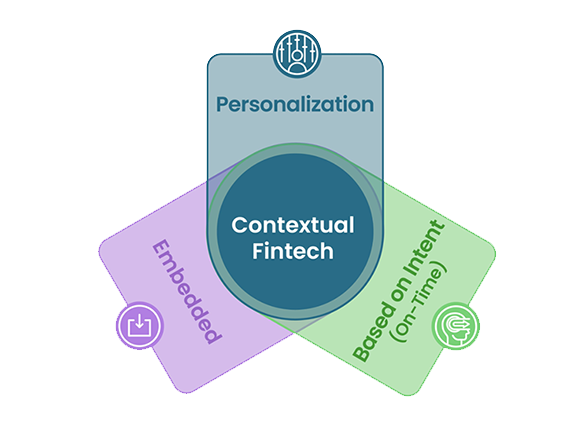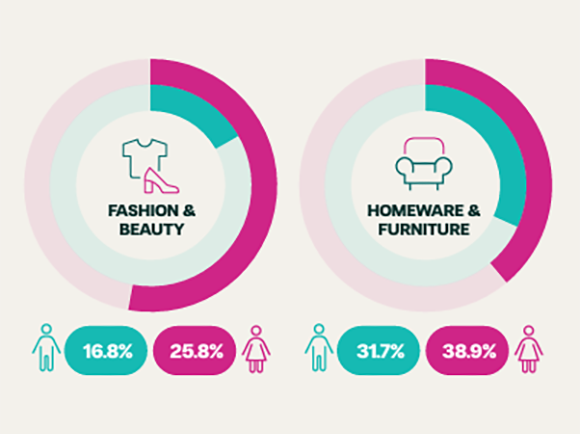How to diversify your risk with Divido

It’s no secret that the wider retail finance market has started to struggle recently. Valuations plummeted last year, profitability is becoming increasingly harder to guarantee and with the recent loss of Openpay, it seems providers may be starting to pull out of the market.
For merchants, this illustrates a very real risk: that your lender may suddenly shut up operations, leaving you without a source of finance to underwrite your retail finance loans.
For merchants whose businesses depend on the availability of checkout finance, being left without a lender could seriously impact your bottom line. So, how can you mitigate the risk of such an event happening?
The answer: diversify your risk with Divido.
You might also like: What to do if you lender stops lending
Consider this scenario…
Imagine an enterprise retailer that funnels £500m of business each year through finance. We’ll call them ‘London Kitchens’.
London Kitchens works with a reputable checkout finance lender which has plenty of pedigree, and offers London Kitchens favourable rates with a comfortable contract. London Kitchens is so happy with the relationship that they choose to use only this one lender.
All is going well until, suddenly, their lender declares that retail finance lending is no longer viable to their business. They are shutting up shop with very little notice, jeopardising London Kitchens’ entire retail finance programme. Suddenly, London Kitchens is in a scramble to find a new lender.
In the meantime, the volume of transactions London Kitchens would ordinarily put through retail finance dries up, impacting their bottom line. An advertising campaign they had made mentioning their retail finance offering needs to be pulled at great expense. Sales teams need to be informed and re-trained in how to sell to customers without the option of offering finance. There’s a lot of work to be done, all while the business is losing sales.
Don’t miss: Should you stick with a single solution, or go multi-solution at the checkout?
The cost of switching lenders
Whether you’re dealing exclusively with ecommerce, or you’ll need new point-of-sale systems for physical stores, the act of integrating with a new lender will be costly one way or another.
Merchants in this position need to ask themselves: How many working hours will we lose to staff training on the shop floor? Will we need technical support to manage ecommerce integrations? Will we need to re-train staff in call centres too? Will there be legal costs associated with choosing a new supplier?
Putting a number to these questions will be difficult. The situation is the same for large enterprise merchants and SMEs. The bigger you are, the greater the costs of chopping and changing. Not least because the process can be incredibly time-consuming.
Even for a company as big as London Kitchens (who will have no shortage of new lenders competing for their business), it will probably be at least several weeks to negotiate the commercials and pricing before signing a new contract. They will then need at least several weeks to manage the ecommerce integration.
There’s a real possibility that you could be without finance for that period, which can damage your reputation, relationships and revenue.
Diversify with Divido
“If you’re a large enterprise merchant, you can split your sales volume between different lenders. This means you’re not tied or too exposed to one lender potentially exiting the market, changing their credit risk policy and dropping their accept rates,” says Tom Curtis, Account Director at Divido.
“Whatever it may be, you’ve got another option. You can easily change”.
Tom explains that the biggest furniture retailers in the country do this. Large retail merchants in the UK split the volume of their finance across lenders, through a heavy internal admin process.
This, crucially, is different to what is referred to in the industry as an ‘aggregator’ or a second-line credit scenario.
Aggregators have multiple lenders on their books (or ‘panel’). The panel competes for the aggregator’s business by offering the lowest cost of credit, effectively putting them in a race to the bottom.
The merchant gets a good deal on paper because they end up paying lower rates. But reputable lenders do not get involved with aggregators. Tier One lenders – those with stringent affordability checks and considered collections processes – prefer to own specific verticals when sharing their lending with a large retailer.
Want to learn more? Discover the difference between a single-lender and multi-lender solution
SMEs can benefit too
“An SME’s volumes aren’t really big enough to split between multiple lenders,” says Tom. “But by integrating once with Divido, if your current lender decides to exit the market or you decide to exit that relationship, we do the integration with a new lender for you, saving you the cost of moving from one lender to another.
“Or, we can quickly plug in a lender of your choice to come and work with you.
“By working with Divido, we’ll save you the hassle and cost of integrating with a new lender. Better still, as your business grows, you could potentially split your volume 50/50 between two lenders, meaning you can test and learn to discover a lending pattern that works for your business, while developing relationships with multiple, reputable financiers.”
The bottom line
The risk of losing your lender is real and increasing as growth slows. If you have one lender on your books and they pull out of the market, you may be facing an expensive and stressful situation. But by switching to Divido, you can diversify your risk with access to multiple lenders.
Want to learn more? Speak to us today.
You might also
be interested in
Keen to know more?








